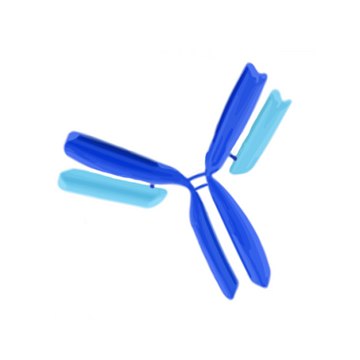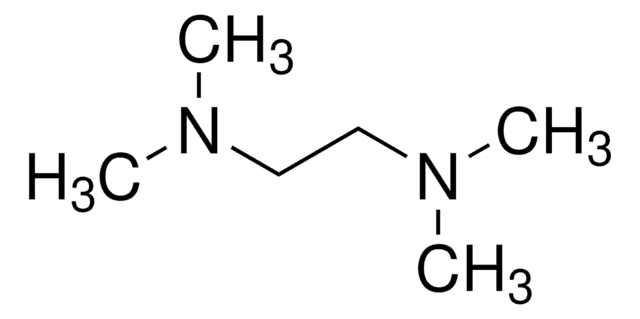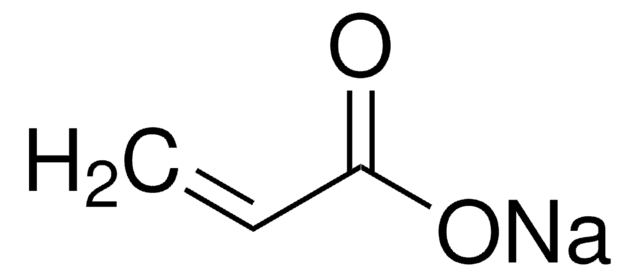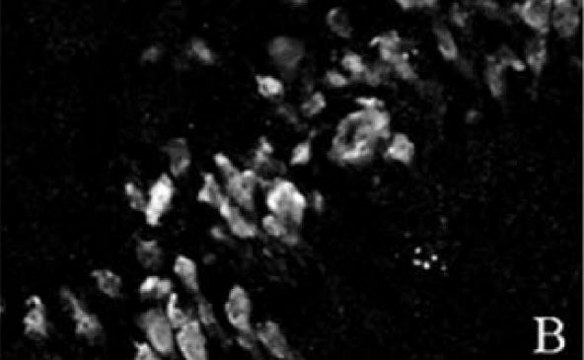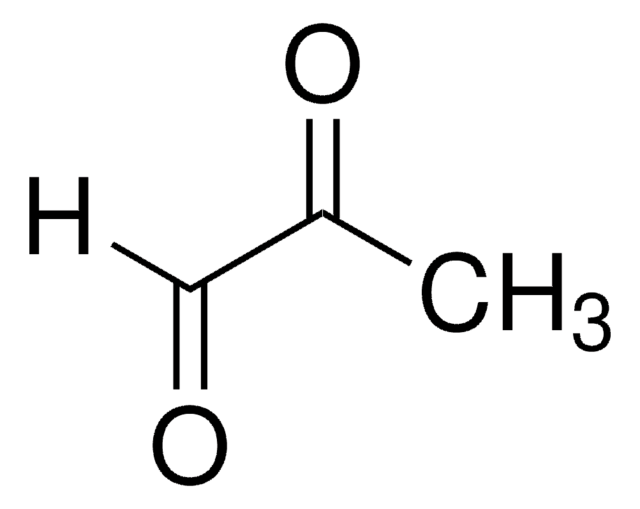HCLHPVDR
HPV/p16 Analyte ControlDR
Cell line controls for immunohistochemistry and in situ hybridization
Synonym(s):
HPV/p16 Dynamic Range Analyte Control
Sign Into View Organizational & Contract Pricing
Select a Size
Change View
50 MG
MYR 1,120.00
About This Item
UNSPSC Code:
12352203
NACRES:
NA.47
Recommended Products
biological source
human cell culture
packaging
pkg of 1 ea cell microarray block (HCL003)
pkg of 2 slides (HCL001)
pkg of 5 slides (HCL002)
manufacturer/tradename
Histocyte
storage temp.
2-8°C
General description
The HPV/p16 Analyte ControlDR has four cell line cores providing a full range of expression for Human Papilloma Virus (HPV): high, medium, low, and negative. The same cell lines also demonstrate high homogenous, high heterogenous and negative expression of p16.
HistoCyte Laboratories control slides and blocks are made from cultured human cell lines to provide the required range of expression of a specific biomarker. The cell lines are processed using proprietary methods that allow for the creation of a high density embedded cell block with cores that retain their cellular morphology. Available as pre-cut unstained slides or as cell microarray blocks for sectioning.
HistoCyte Laboratories control slides and blocks are made from cultured human cell lines to provide the required range of expression of a specific biomarker. The cell lines are processed using proprietary methods that allow for the creation of a high density embedded cell block with cores that retain their cellular morphology. Available as pre-cut unstained slides or as cell microarray blocks for sectioning.
Application
Ideal for use as a same slide control for HPV in situ hybridization (ISH) and p16 immunohistochemistry (IHC).
The HHPV/p16 Analyte ControlDR histology slides have four cell line cores providing a dynamic range of expression for HPV type 16 and 18: high, medium, low and negative. The same cell lines also demonstrate high homogenous, high heterogenous and negative expression of p16. Analyte controls are placed at one end of slide, allowing sample application on same slide for valid comparison.
The HPV/p16 Analyte ControlDR cell microarray block contains four cell line cores that are 2 mm in diameter and between 3.0-3.5 mm in length. The cell microarray block may yield over 300 sections depending on thickness.
The HHPV/p16 Analyte ControlDR histology slides have four cell line cores providing a dynamic range of expression for HPV type 16 and 18: high, medium, low and negative. The same cell lines also demonstrate high homogenous, high heterogenous and negative expression of p16. Analyte controls are placed at one end of slide, allowing sample application on same slide for valid comparison.
The HPV/p16 Analyte ControlDR cell microarray block contains four cell line cores that are 2 mm in diameter and between 3.0-3.5 mm in length. The cell microarray block may yield over 300 sections depending on thickness.
Preparation Note
Cell microarray blocks are fixed in 10% neutral buffered formalin and embedded in paraffin wax. Pre-cut unstained slides are prepared from 4 μm thick sections, mounted on positively charged slides, and dried at 37 °C overnight.
Other Notes
For certificates of analysis, contact info@histocyte.com
HPV/p16 Analyte ControlDR brochure is available from HistoCyte Laboratories
HPV/p16 Analyte ControlDR brochure is available from HistoCyte Laboratories
Choose from one of the most recent versions:
Certificates of Analysis (COA)
Lot/Batch Number
It looks like we've run into a problem, but you can still download Certificates of Analysis from our Documents section.
If you need assistance, please contact Customer Support
Already Own This Product?
Find documentation for the products that you have recently purchased in the Document Library.
Customers Also Viewed
Julio César Tobón-Velasco et al.
Free radical biology & medicine, 53(5), 1024-1040 (2012-07-12)
Pharmacological activation at the basal ganglia of the transcription factor Nrf2, guardian of redox homeostasis, holds a strong promise for the slow progression of Parkinson's disease (PD). However, a potent Nrf2 activator in the brain still must be found. In
Mei-chin Mong et al.
Journal of agricultural and food chemistry, 60(12), 3158-3165 (2012-03-08)
Renal protection of s-allyl cysteine (SAC) and s-propyl cysteine (SPC) in diabetic mice against inflammatory injury was examined. Each agent at 0.5 and 1 g/L was added to the drinking water for 10 weeks. SAC or SPC intake significantly reduced
Kevin T P Ng et al.
PloS one, 7(2), e31655-e31655 (2012-03-06)
Hepatocellular carcinoma (HCC) is highly malignant and metastatic. Currently, there is no effective chemotherapy for patients with advanced HCC leading to an urgent need to seek for novel therapeutic options. We aimed to investigate the effect of a garlic derivative
Bioactive Nutraceuticals and Dietary Supplements in Neurological and Brain Disease: Prevention and Therapy (2014)
Patricia Rojas et al.
The Journal of nutritional biochemistry, 22(10), 937-944 (2010-12-31)
S-Allylcysteine (SAC), the most abundant organosulfur compound in aged garlic extract, has multifunctional activity via different mechanisms and neuroprotective effects that are exerted probably via its antioxidant or free radical scavenger action. The 1-methyl-4-phenyl-1,2,3,6-tetrahydropyridine-treated mouse has been the most widely
Our team of scientists has experience in all areas of research including Life Science, Material Science, Chemical Synthesis, Chromatography, Analytical and many others.
Contact Technical Service